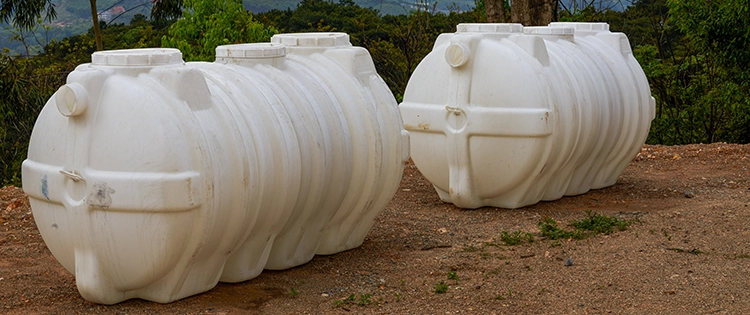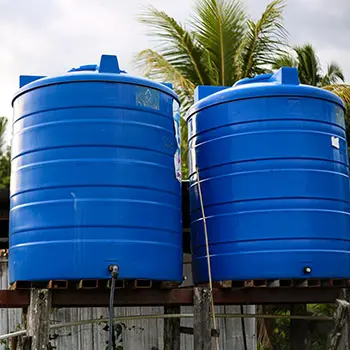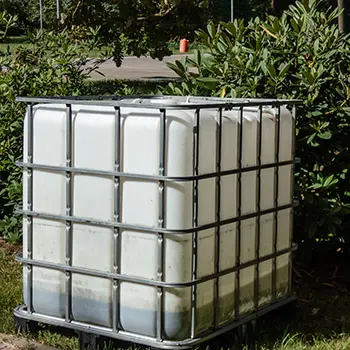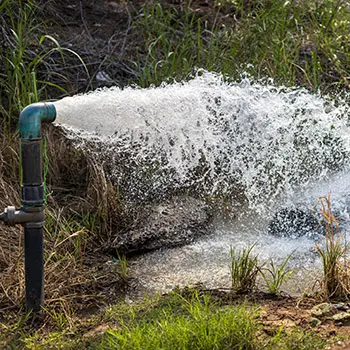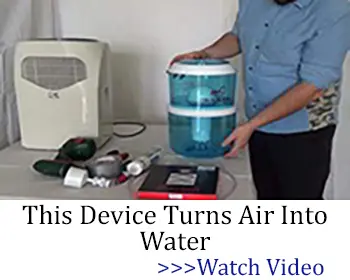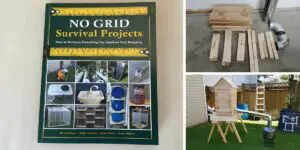Aside from shelter, water is the most critical component for maintaining human life in a survival situation. On average, a human being will die without water in only three days.
Depending on the environment, a person’s survival without water could be much less. Because of this, we need to prioritize the storage, collection, and purification of water as a major consideration in our stockpile of preparedness supplies.
One of the first questions that people have when it comes to the storage of water is:
How Much Do I Need for My Family?
Water Requirements Per Person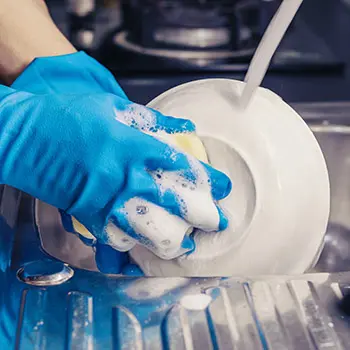
The general rule of thumb is that we need to store one gallon of water for each person for each day. This means that a family of five would need five gallons of water per day after a disaster or emergency where access to the municipal water supply is cut off.
One gallon covers the water each person needs for drinking, cooking, and sanitation.
It’s not that simple, however.
Related: Off Grid Water Heaters
The average American uses around 100 gallons per day, which means that in an emergency, we would have to cut our water usage by 99 percent.
This is a massive adjustment to our daily living situation, which many will struggle with. During a disaster, grid-down situation, or full-blown apocalypse, every drop of water must be used with care and never wasted.
To mitigate this, we should try to select foods for our stockpiles that require little to no water in their preparation. As you build a stockpile of emergency food, ask yourself how much water will be needed per day to prepare it.
You may get by with one gallon per day, but if your stored food requires more water to prepare, you’ll have to increase your daily water storage requirements.
Pets
Do not forget about your pets when you are planning your water storage.
Consider your dog or cat another person and budget a gallon of water for them as well.
For smaller pets, you’ll have to use your best judgment when it comes to providing water for them.
How Much Water You Should Store?
When it comes to how much water you need to store, you’ll need to assess how much safe, cool, and dry space you have available for water storage. If you live in an apartment or condo, the amount of space you have available will be a massive factor in the volume of water you can store.
The first step is to determine how many days you want your stored water supplies to last, then consider how much water you can store and manage in your available space.
Related: Watering Mistakes You Must Avoid This Summer
This is where plans for people who want to keep a year’s supply of water on hand go up in smoke.
Ask yourself if you could store 1825 gallons of water weighing a little more than fifteen thousand pounds in your home. I’m guessing that most reading this will not.
Pick a number of days of water that you can reasonably store, then have a plan to gather water from other sources to supplement your water storage.
Storing the Water
For this scenario, let’s assume a family of four with a dog. This means they’ll be storing five gallons of water per day. A good starting point is to store two weeks’ worth of water, which is a goal that many of us can achieve.
(Five Gallons) x (Fourteen Days) = (70 gallons)
There is also an issue with the weight of this water. Each gallon weighs 8.34 pounds, so the two-week supply will equal 583.8 pounds! That’s a lot of weight and a lot of water.
I like to store much of my water supply in 5 or 7-gallon jerry cans. This allows the water to be easily transported or loaded into a vehicle in case of a bug out. I also use a 55-gallon plastic drum to store a large quantity of water for emergencies.
Related: How To Store Water In Your Car For An Emergency
55-gallon plastic drums are great because each one represents eleven days’ worth of water for five people.
They are also readily available online and through local retailers and can be stored vertically or horizontally.
All your stored water needs to be kept in separate locations around the home so that if there is damage to an area of the house that has some water storage, your entire supply will not be at risk.
If you have bathtubs in your home, it is a good idea to have a bathtub water bladder. These are widely available on Amazon and are essentially a plastic bag that sits inside your bathtub.
You can fill this water bladder in advance of a known natural disaster, such as a hurricane, or immediately after an emergency while there is still pressure in the system. The average bathtub can hold between 40 and 60 gallons of water, and keeping one of these water bladders on hand for each tub is a great way to supplement your water storage.
Other Water Sources
Pay close attention to all the available water sources in your area.
You must also assess the cleanliness of these sources and their viability for emergency water. Rivers, creeks, lakes, ponds, etc., are great options, but if the water is filthy, it may not be of any use to you.
Collecting rainwater is something that can go a long way to extending your water storage capability. This water will not be good to drink without filtering and boiling but will be fresh water that you can use.
Filtering
Along with stored water, you need to consider adding water filters to your supplies. There are many options available in the water filtration space, and it can be confusing to decide which ones you should be getting.
Smaller hollow fiber filters are perfect for inclusion on a bug-out bag, but someone in the group needs to carry a more robust filter. Reverse Osmosis filters are a very popular option because they can remove most contaminants from water, including fluoride.
Recently, several ultraviolet options have come to market. These claim to kill bacteria and viruses using ultraviolet light. Personally, I do not use these filters because I do not like trusting my health to anything that needs a battery.
Related: How To Can Water
If you have a backyard and access to rainwater, you’re already better off than a lot of people. All you need to do is set up this cheap DIY rainwater harvesting and purification system, capable of storing and filtering 165 gallons of water that would otherwise just go to waste.
Determining the amount of water you need to keep your family healthy and hydrated after a disaster is no small task.
It requires good forethought and careful planning to ensure you have enough to meet your daily needs.
Whether planning for a multi-year disaster or simply wanting to be ready for a 72-hour emergency, water will be a keystone component of your preparedness planning.
This article first appeared here.
DIY Pressurized Rainwater Harvesting and Purification System (Video)
The #1 Enemy of Going Off Grid
5 Ingenious Methods To Get FREE WATER In All 50 States During A Crisis

